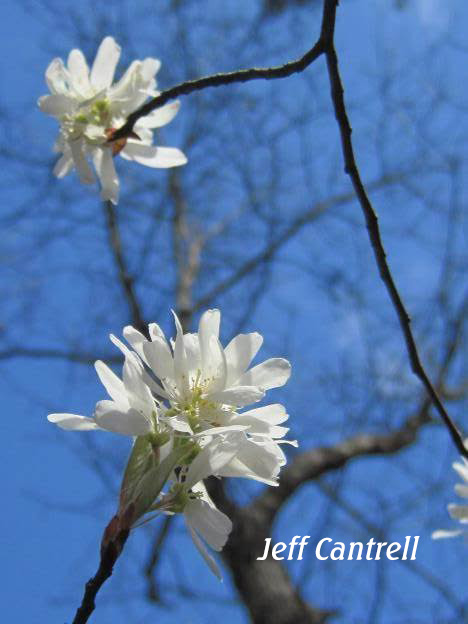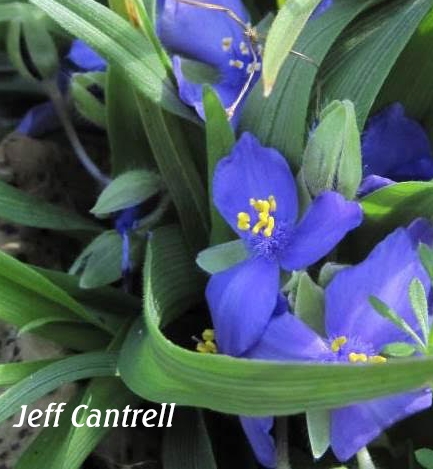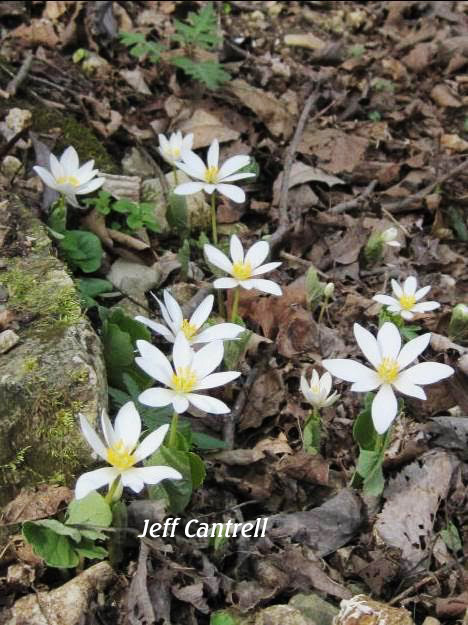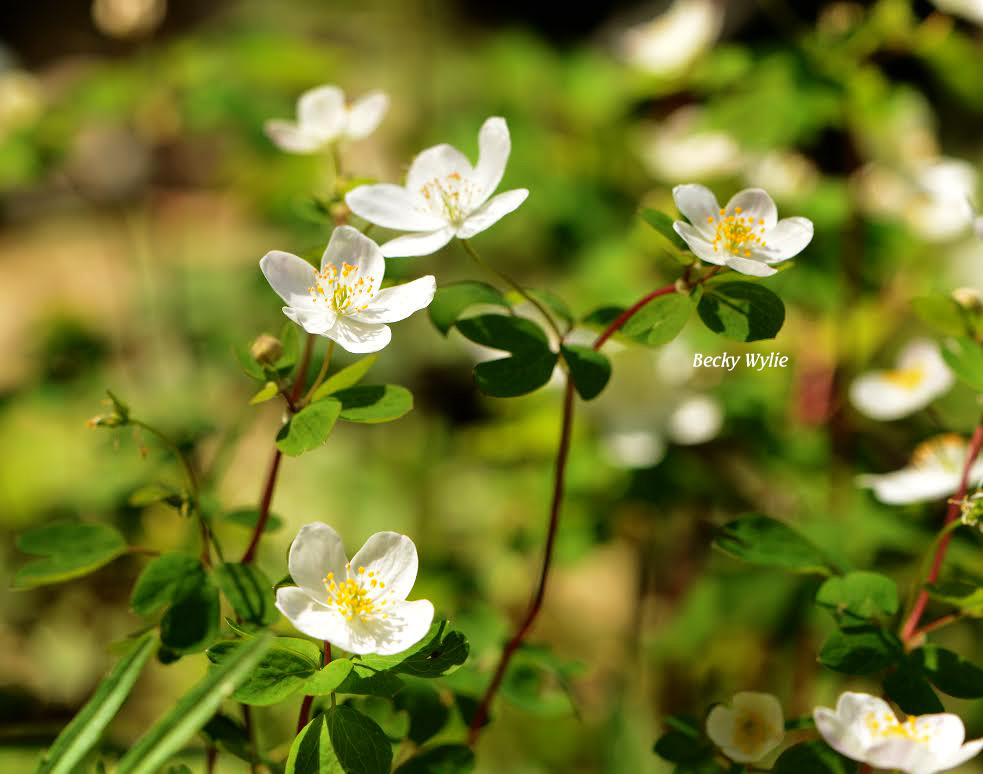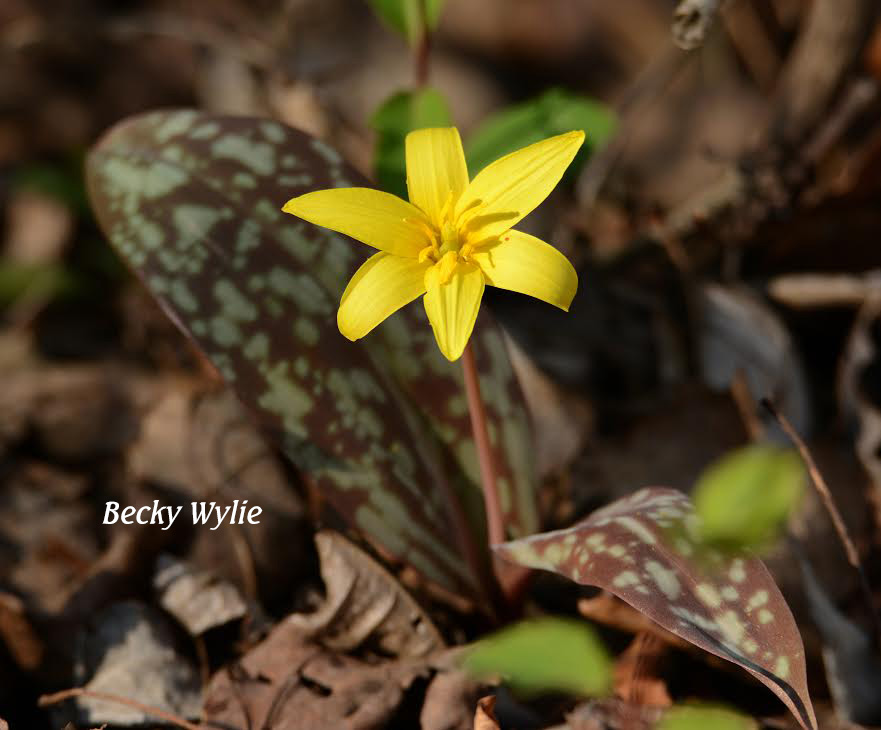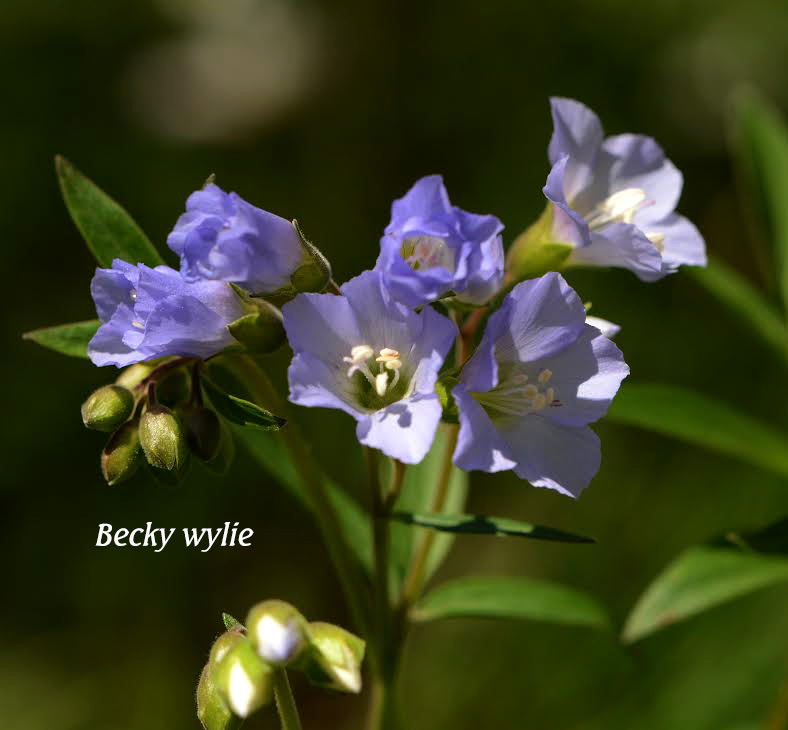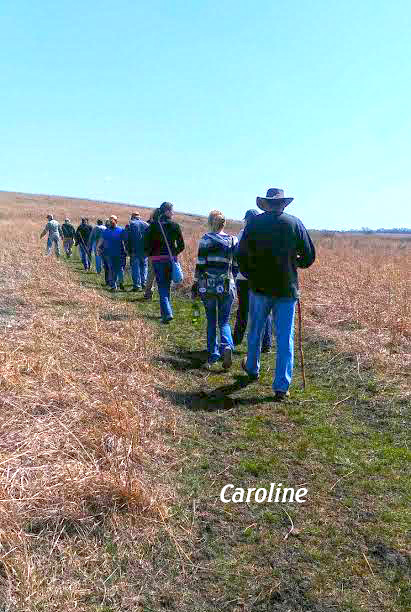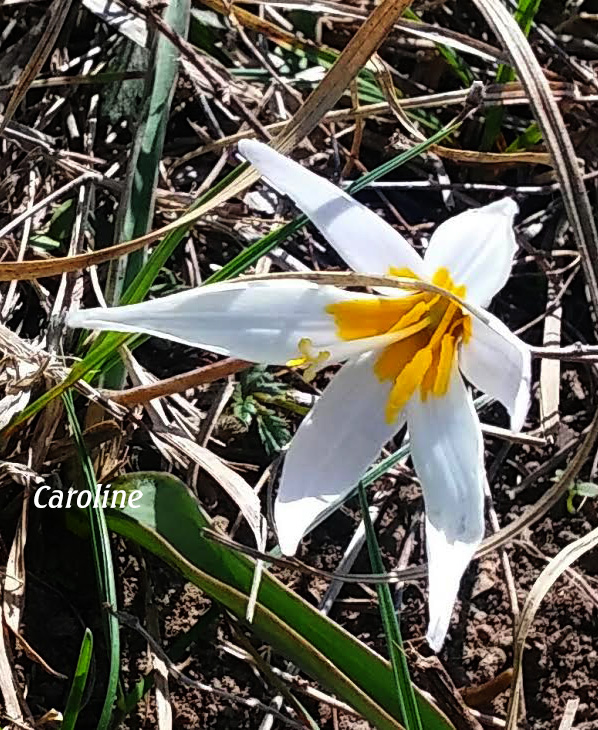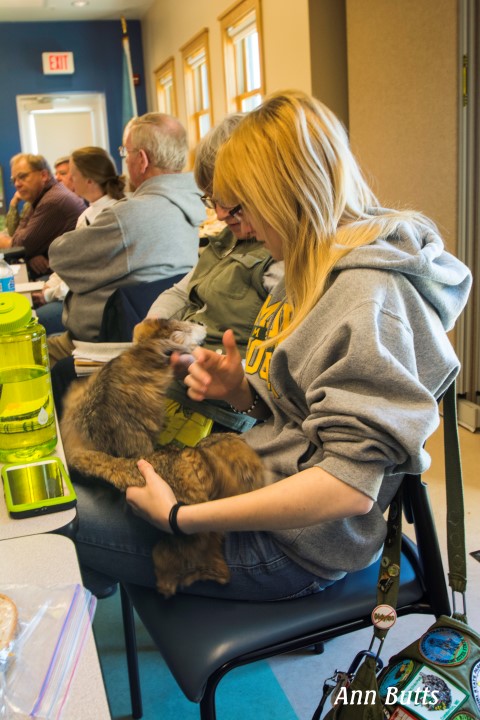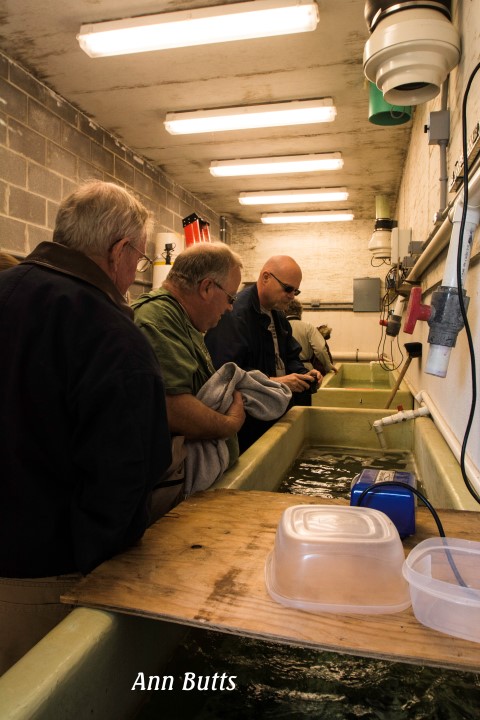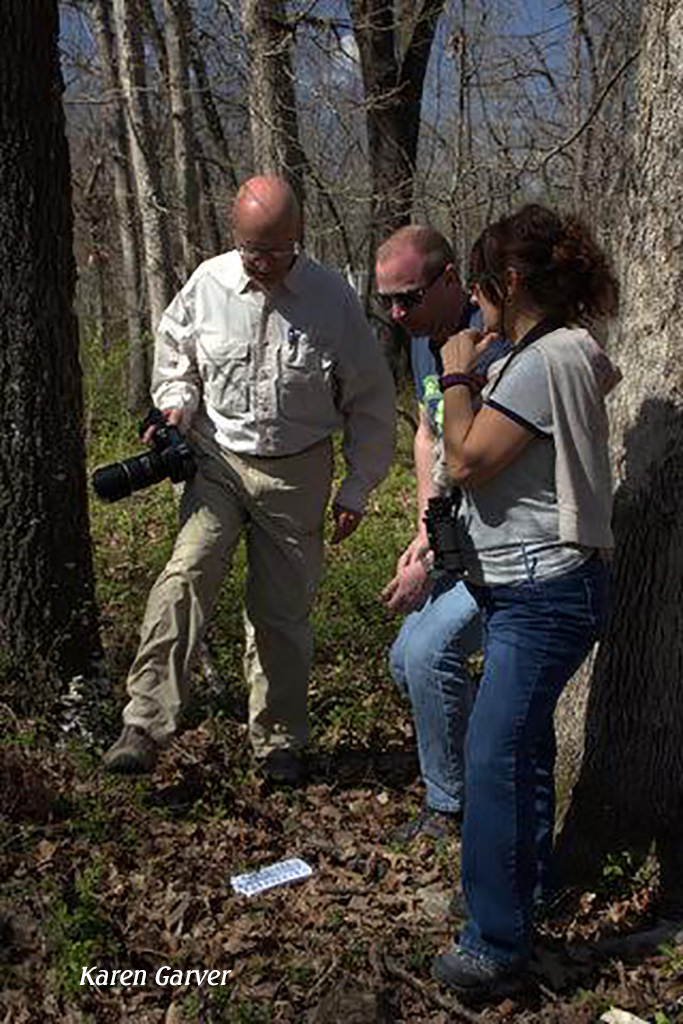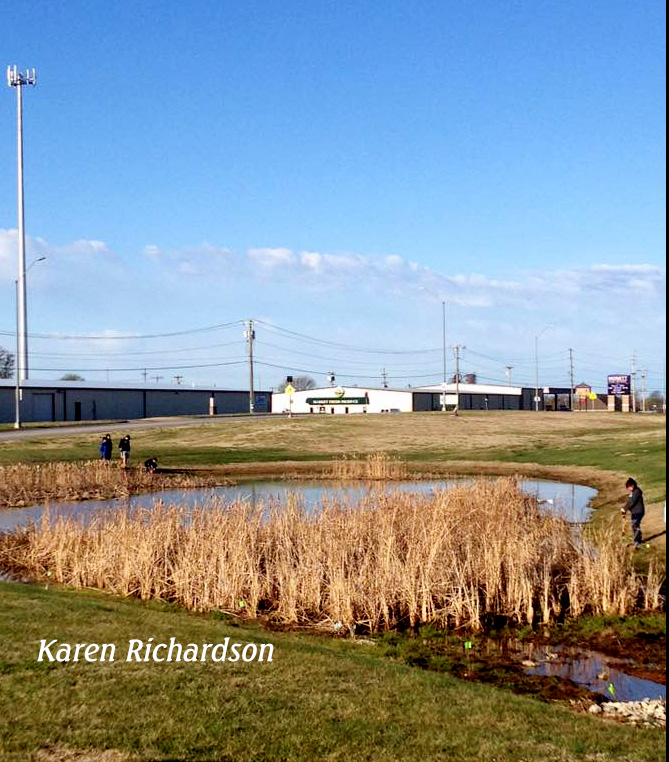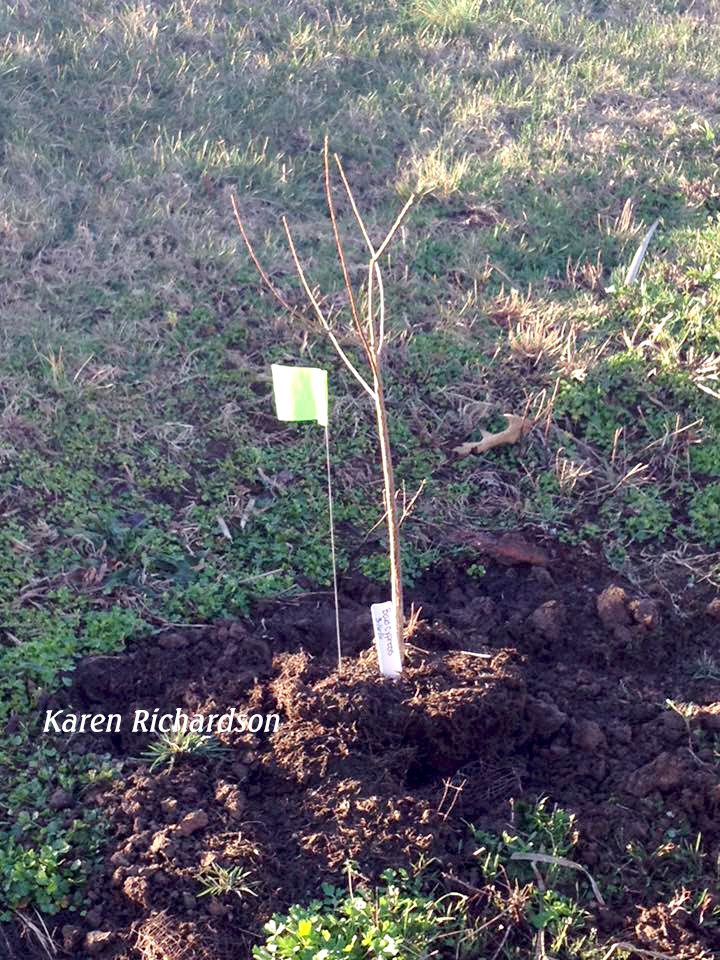You Can Help
The successful renewal of the Missouri Parks, Soils and Water Sales Tax is critical to the funding of the parks, soil and water conservation programs it supports. It will be on the November 8, 2016, ballot as Constitutional Amendment #1, and we need your help!
Why does it matter?
Missouri’s parks, soils and clean water are important to our quality of life, our health and our economy. More than 19 million people visit our state parks and historic sites annually, providing more than $1 billion a year in economic impact and supporting 14,000 jobs.
What does it do?
The sales tax works to maintain our state park system and keep it free, to maintain and improve our water quality and to combat soil erosion.
How does it work?
Constitutional Amendment #1 is a smart investment. It simply renews an existing program that has successfully protected our parks, soils and water for more than 30 years — with no increase in taxes.
So, how can you help?
Get involved and help support the renewal of the Parks, Soils and Water Sales Tax on November 8! We welcome you to join us in educating Missourians on the importance of renewing the Missouri Parks, Soils and Water Sales Tax.
Perhaps, one of the easiest ways is to follow Missouri Parks, Soils and Water Sales Tax Renewal on Facebook or Twitter and help us spread the word on social media. Share the information and videos you find on this website with your friends and family.
If you’d like to be actively involved or have a special opportunity to share the story of Missouri’s state parks, soils and water conservation efforts, there is atoolkit available that includes brochures, posters, stickers and a PowerPoint presentation for meetings. Yard signs are coming soon! Please complete and submit the form below with your requests or questions, and a Committee representative will contact you soon!
Note: the toolkit and form are available at this website:






